Last Updated on June 17, 2021 by Forest Master
The Ultimate Wood Burning Guide
The wood-burning properties of different types of wood and their burning characteristics are given in the following table.
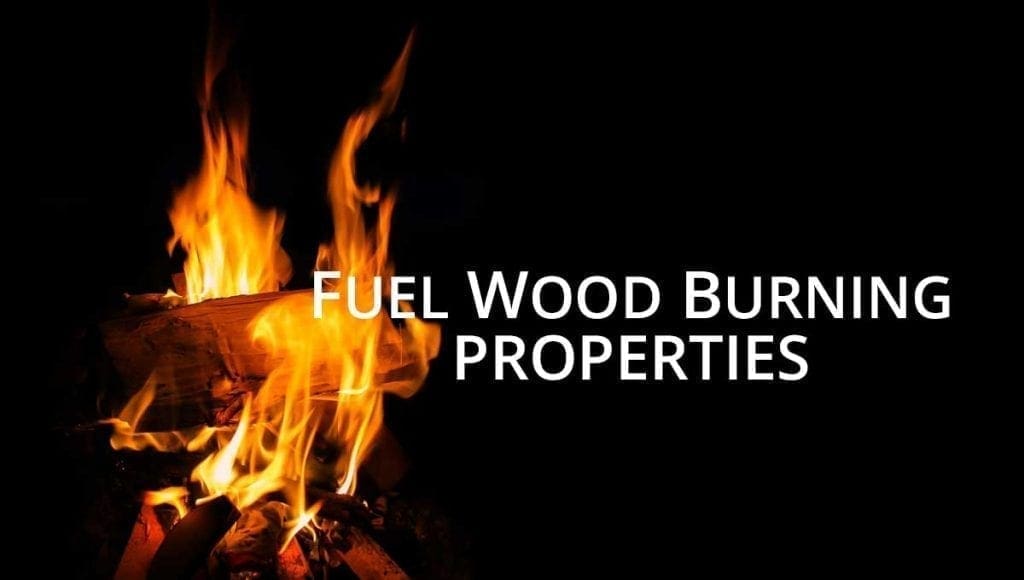
Below you will find our table of wood-burning properties.
The Density column gives an indication of how hard a wood is to split. In general the higher the density, the harder a particular type of wood is to split. It is generally recommended to split the wood when green as the split logs will season more quickly, and dry wood will always burn better in your wood burner or stove over greenwood, which can create a lot of wood smoke.
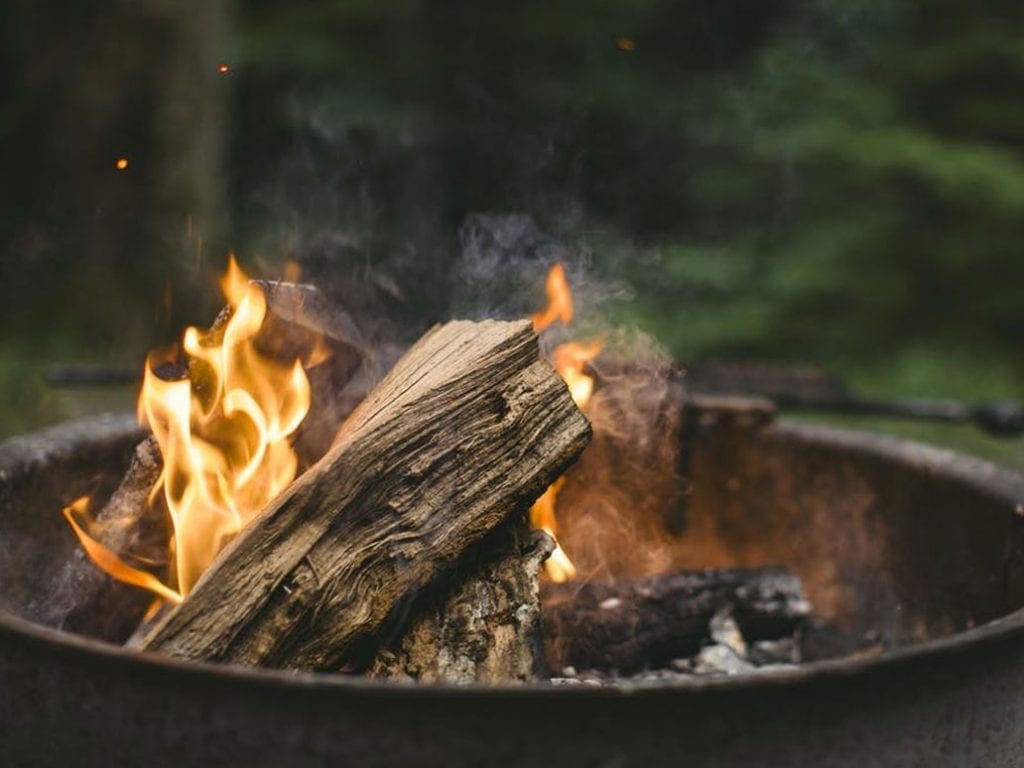
It is estimated that seasoned wood can increase the heat output of your log burner up to 50%, which makes it exceptionally worthwhile. It is recommended to use softwood as a kindling due to its higher resin content, and then use hardwood to increase the longevity and heat of your fire as it is so much denser leading to a longer and usually hotter burn.
Here are the wood burning properties…
| Common Name | Hardwood/ Softwood | Comments | Density Kg/m3 | |
| Alder | H | Produces poor heat output and burns quickly. Poor wood fuel. | 400 – 700 | |
| Almond | H | Creates a hot and long lasting fire with minimal ash, similar to oak. | 700 | |
| Apple | H | A very good wood that burns slow and steady when dry, it has small flame size, and does not produce sparking or spitting. It produces a disappointing flame. | 650 – 850 | |
| Ash | H | One of the best woods for burning. It produces a steady flame and good heat output. An excellent firewood | 710 | |
| Beech | H | Beech wood burns very much like ash, due to its high water content it can take much longer to season the other types. | 700 – 900 | |
| Birch | H | Produces good heat output but it does burn quickly. Bright flames and a pleasing smell. The sap can cause deposits to form in the flue with prolonged use. | 670 | |
| Blackthorn | H | Has a slow burn, with good heat output. | ||
| Cedar | S | Is a good burning wood that produces a consistent and long heat output. It burns with a small flame, but does tend to crackle and spit. | 380 – 580 | |
| Cherry | H | A slow burning wood that produces a good heat output. Cherry needs to be seasoned well. | 630 | |
| Chestnut | H | A poor burning wood that produces a small flame and little heat. | 560 | |
| Douglas Fir | S | Not a very good firewood, produces little flame or heat. | 530 | |
| Elder | H | A poor burning wood that produces a small flame and poor heat output. The sap can cause deposits to form in the flue with prolonged use. | 420 – 490 | |
| Elm | H | Burns well but slowly so it generally needs a faster burning log to support burning. It should be dried for two years for best results. | 550 – 600 | |
| Eucalyptus | H | Burns reasonably well and produces a pleasant aromatic smell. Must be well-seasoned. | 980 | |
| Hawthorn | H | Burns well with with little smoke and good heat output. Can be difficult to split. | ||
| Hazel | H | Is a good but fast burning wood but still produces a good heat. | ||
| Holly | H | Is a fast burning wood that produces good flame but little heat output. Holly will burn green, but best dried for a minimum of a year. | 750 | |
| Hornbeam | H | Good firewood. Burns well | 700 | |
| Horse Chestnut | H | A low quality firewood, spits a lot. | 510 | |
| Laburnum | H | A very smokey wood with a poor burn. Do not use can be poisonous. | ||
| Larch | S | Produces a reasonable heat output, but it needs to be well seasoned. The sap can cause deposits to form in the flue with prolonged use. | 550 | |
| Laurel | H | Burns with a good flame but only reasonable heat output. | ||
| Maple | H | Is a good burning wood that produces a good flame and heat output. | 600 – 750 | |
| Oak | H | One of the best woods for burning. Because of its density, oak produces a small flame and very slow burn, requires time to season well. | 740 | |
| Olive | H | Olive burns for a long time but tends to be in lumps/nuggets rather than logs. When burned it produces a very sweet aroma and a bright flame. | 990 | |
| Pear | H | Burns steady with reasonable heat output. It produces a disappointing flame. Similar to apple wood. | ||
| Pine | S | Burns fast with a good flame, but quite resinous. Can cause deposits to form in the flue and can increase the risk of a chimney fire. Good for kindling. | 510 | |
| Plum | H | A good burning wood that produces good heat output. | 650 – 800 | |
| Poplar | S | Not a good fuel wood. Slow burning with black choking smoke even when seasoned. | 450 | |
| Rowan | H | Is a good burning wood that has a slow burn with good heat output. | ||
| Spruce | S | Produces a poor heat output and it does not last very long, ideal for starting fires. | 400 – 700 | |
| Sycamore | H | Produces a good flame, but with only moderate heat output. | 400 – 600 | |
| Walnut | H | Is a moderate to good burning wood. | 650 – 700 | |
| Willow | H | A poor, wet fire wood that does not burn very well even when seasoned. | 400 – 600 | |
| Yew | H | A good burning wood as it has a slow burn, and produces a very good heat output. | 670 |
What is the best wood to burn?
So, what is the best wood to burn in your fireplace or woodstove? Well, looking at our wood-burning properties table we can see that hardwoods such as maple, oak, ash, birch and most of the fruit trees tend to be the best woods to burn in terms of giving you a hotter and longer burning time.
The downsides of these woods are that they are generally more expensive than soft firewood. Softwood is the cheapest type of wood you can buy, however, you must calculate if you’ll end up spending more money in the long run as you may end up making your way through your woodpile much quicker.
Likewise, have you seen the latest legislation banning the sale of wet wood. It’s now more important than ever to know the moisture content in your wood. Why? Well, burning wet wood can affect your health and your wealth. Burning wet wood over time can line your chimney in a tar like substance which over time can cause fires – not ideal.
It’s always best to know the moisture content in the wood, want to know more? Check out our blog on why you need a moisture meter.
Typically, it’s easier to chop down, split and burn whatever is most convenient to you. You can find out all information regarding splitting your wood on our choosing a log splitter guide.

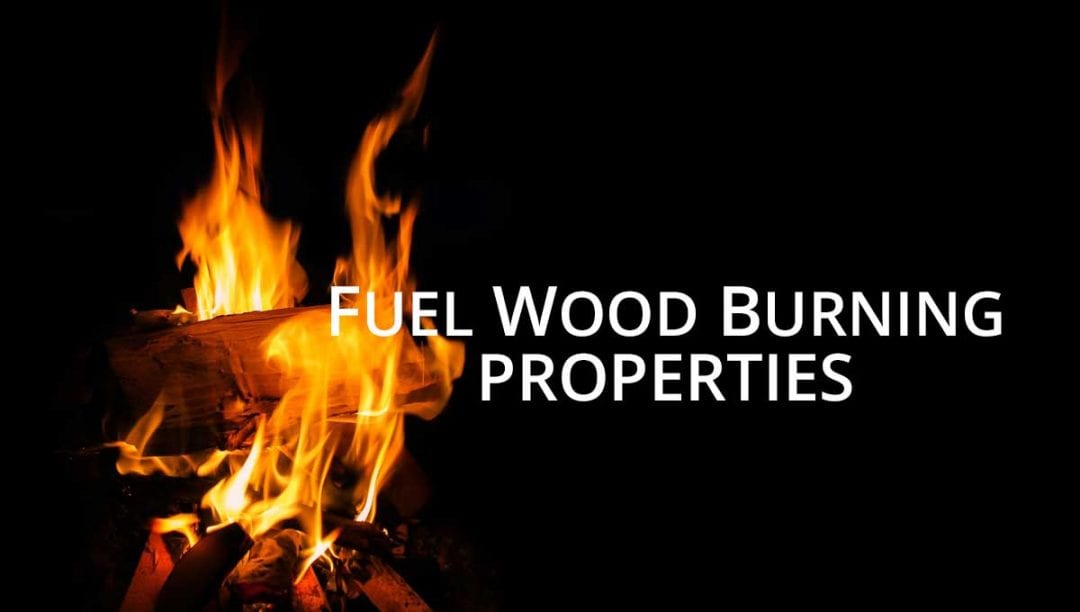
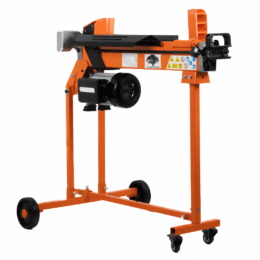
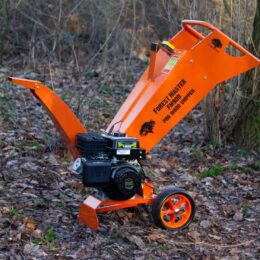
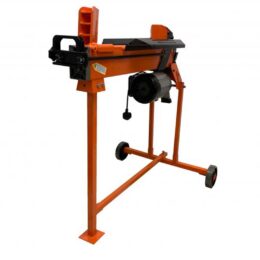

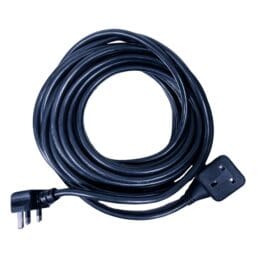
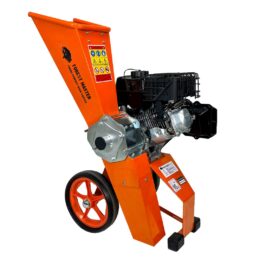
Good day. Just read your fire wood burning chart. You say Douglas Fir is not very good wood. I live in the NW US where DF is plentiful . I like it best because it leaves little ash. I’ve burned whole cords of DF without cleaning my stove.
In comparison I’ve burn maple, whis is good heat out put, but I load up my stove in less than a week.
I see that you have omitted to include both Almond and Olive in your burning guide.
I live in Spain and the main wood that is burnt here is Olive, followed by Almond and finally, Oak.
Considering you are also aiming at this market, can we see the list updated accordingly with these very popular, EU wood sources as this information would be very useful to your clients in Spain, Italy, France, etc, etc. .
Many Thanks.
Hi!
Thank you for the comment and for the suggestion – I’ve added some new logs to our list with a view to further expand on this in the future. If you have any further recommendations please let me know and I’ll happily look into it for you.
Didn’t see any wood burning info on the Hickory tree. Can you help me out please?
Hi Mary, You’re right we missed this one out. Sorry!
Hickory is typically quite difficult to split, however, the results are worth it… the logs will produce top-performing firewood while producing very little smoke. You’ll also be on the receiving end of a great sweet fragrance when burning. If you want a long-lasting fire, hickory is a great option and is close to oak in effect. I hope this helps.
I am fortunate to have availability of locust wood.burns well seems pretty hardwood.bark is kinda thick,with hairy underpayment of bark. Seems kinda oily as wood grain is very dark.splits well green or dry doesn’t matter. Dry time 1 yr works well, but have burned sooner with the help of popalar wood pcs. My worst experiences are with Sage orange. Terrible to cut ,split,season or burn.oil content is crazy high and dulls a chainsaw very fast.
I have a wood burning stove with a catalytic combuster. If I burn well seasoned wild plum will that be harmful. Also what about Hackberry?
Hi Sue
Wild plum wood is generally considered to be a good type of wood to burn, as it produces a moderate heat output and has a low smoke emission. However, it’s important to note that the characteristics of wild plum wood can vary depending on where it’s grown and how it’s been processed.
Hackberry is also a good type of wood to burn, as it’s dense and has a low smoke emission. However, it’s important to keep in mind that some species of hackberry can have a higher moisture content, which can lead to more creosote buildup in your stove and chimney.
In general, it’s best to burn well-seasoned hardwoods, such as oak, maple, and cherry, as they produce the most heat and have the lowest smoke emissions. Softwoods, such as pine and cedar, should be used sparingly, as they tend to burn quickly and produce more creosote.
I hope this information helps! If you have any further questions, feel free to ask.
Buongiorno, ho tagliato un albero di malus baccata, gradirei sapere se qualcuno sa se posso bruciare la legna nel camino
Ciao! Sì, puoi bruciare la legna dell’albero Malus baccata nel tuo camino, ma ci sono alcune cose da considerare:
Durezza: il melo, compreso il Malus baccata, è generalmente un legno duro, il che significa che brucia bene e fornisce una moderata quantità di calore. Tuttavia, poiché l’albero è piccolo, potresti avere solo tronchi o rami più piccoli da bruciare.
Aroma: il legno di melo è noto per il suo aroma gradevole quando bruciato, quindi può aggiungere una piacevole fragranza alla tua casa mentre ti godi il fuoco.
Normative locali: assicurati di controllare le regole locali sulla combustione della legna, poiché alcune aree hanno restrizioni sui tipi di legna che puoi bruciare o regole sulla combustione interna ed esterna.
Se la legna è adeguatamente stagionata e asciutta, dovrebbe essere ottima per l’uso nel caminetto!
– – –
Hello! Yes, you can burn wood from the Malus baccata tree in your fireplace, but there are a few things to consider:
Hardness: Applewood, including Malus baccata, is generally a hardwood, which means it burns well and provides a moderate amount of heat. However, since the tree is small, you may only have smaller logs or branches to burn.
Aroma: Applewood is known for its pleasant aroma when burned, so it can add a nice fragrance to your home while you enjoy the fire.
Local regulations: Be sure to check your local rules about burning wood, as some areas have restrictions on the types of wood you can burn or rules about indoor and outdoor burning.
If the wood is properly seasoned and dry, it should be great for use in your fireplace!